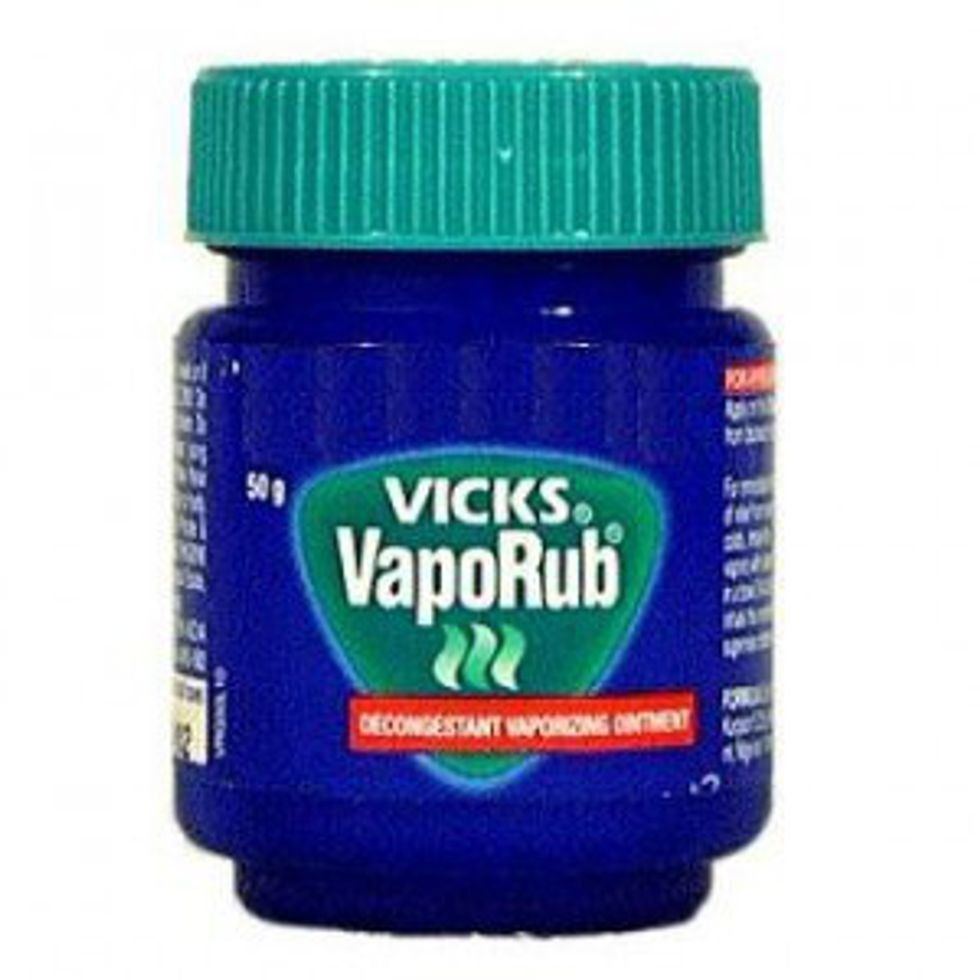In sports, winning is placed before all else. As they say, "Flags Fly Forever!" Teams are willing to spend hundreds of millions of dollars on players in the offseason to lead them to championships, some of which don't ever work out (i.e. Ryan Howard, Vernon Wells, Carl Crawford, etc.). Even more so, some teams are willing to mortgage their future at their sports' respective trade deadline, by dealing prospects, picks and young players for talented, grizzled veterans in hopes of a title run. While these two methods and time periods (as well as each sports' draft) are the most common ways to add talent, they are not always the most efficient. A mixture of the two, the sign and trade, was once a route teams took to improve their team, payroll or farm system. It's beneficial for both sides, where one team gets a player who they couldn't sign in free agency (due to cap restrictions, the player's desire to play elsewhere, etc.), while the other gets prospects for essentially nothing. All of this bodes the question: where has the sign and trade gone?
Of course, the sign and trade was never an immensely popular strategy, but it had its place in sports, especially basketball and football. Now, it has seemingly died, and doesn't appear likely to return anytime soon. However, its benefits warrant at least some speculation. Take Kenley Jansen and the Miami Marlins for instance. The Marlins, a franchise in the middle of a rebuild (or at least should be in a rebuild), are a favorite to land Jansen, one of the best relief pitchers in baseball. The Yankees, an up-and-coming team, are looking for a closer to help speed up their rise to playoff mainstay. Assuming they cannot land either Aroldis Chapman or Mark Melancon (the other two great relievers on the market), they would be all-in on Jansen. However, the Yankees are attempting to get under the $195 million luxury tax, and signing an expensive closer won't help matters. So, if the Marlins were to sign Jansen for his expected contract of five years, $85 million, they could flip him to the Yankees and eat some of his salary. In return, the Yankees could provide the Marlins with a top prospect (such as Billy McKinney), or a few mid-level ones. This accentuates the Marlins' rebuild by restocking their farm system with prospects, and it allows the Yankees to receive a dominant closer at a watered down price.
While the aforementioned hypothetical makes it seem like sign and trades are a flawless tactic, there is a reason it is a dying art. Many teams are no longer willing to part with top prospects and young studs just to receive veterans or stars at a lower cost. Especially in sports like baseball and hockey, where there is no definitive salary cap, the sign and trade is likely lost for the foreseeable future, if not forever. And in basketball and football, sports where analytics have begun to take over and draft picks are valued more highly now than ever, teams appear less and less likely to give up their picks for (essentially) free agents. While it never has been, nor should ever be, the most common way of adding an influx of talent, the sign and trade is certainly something teams should look into in hopes of rejuvenating their franchise.



















